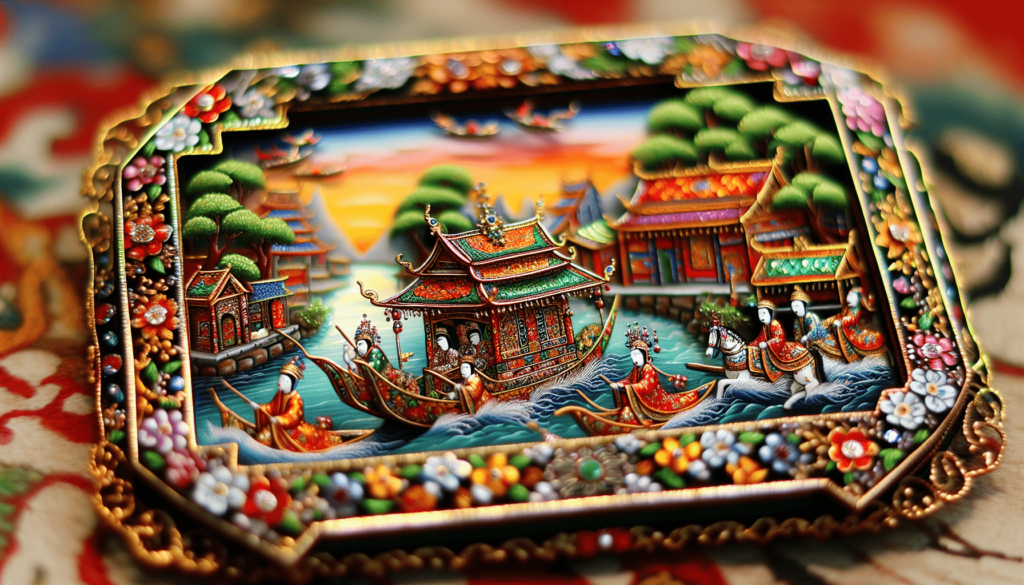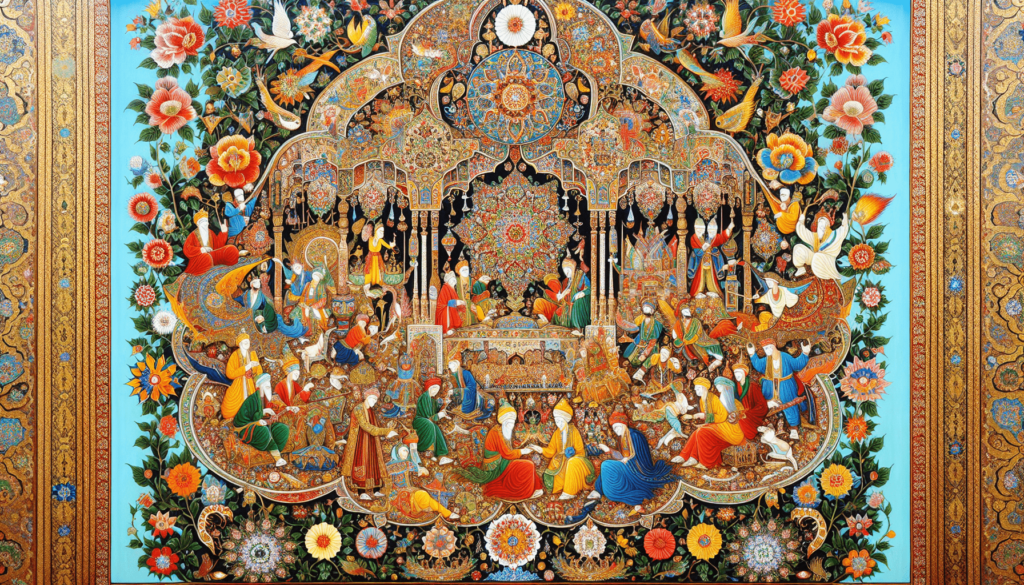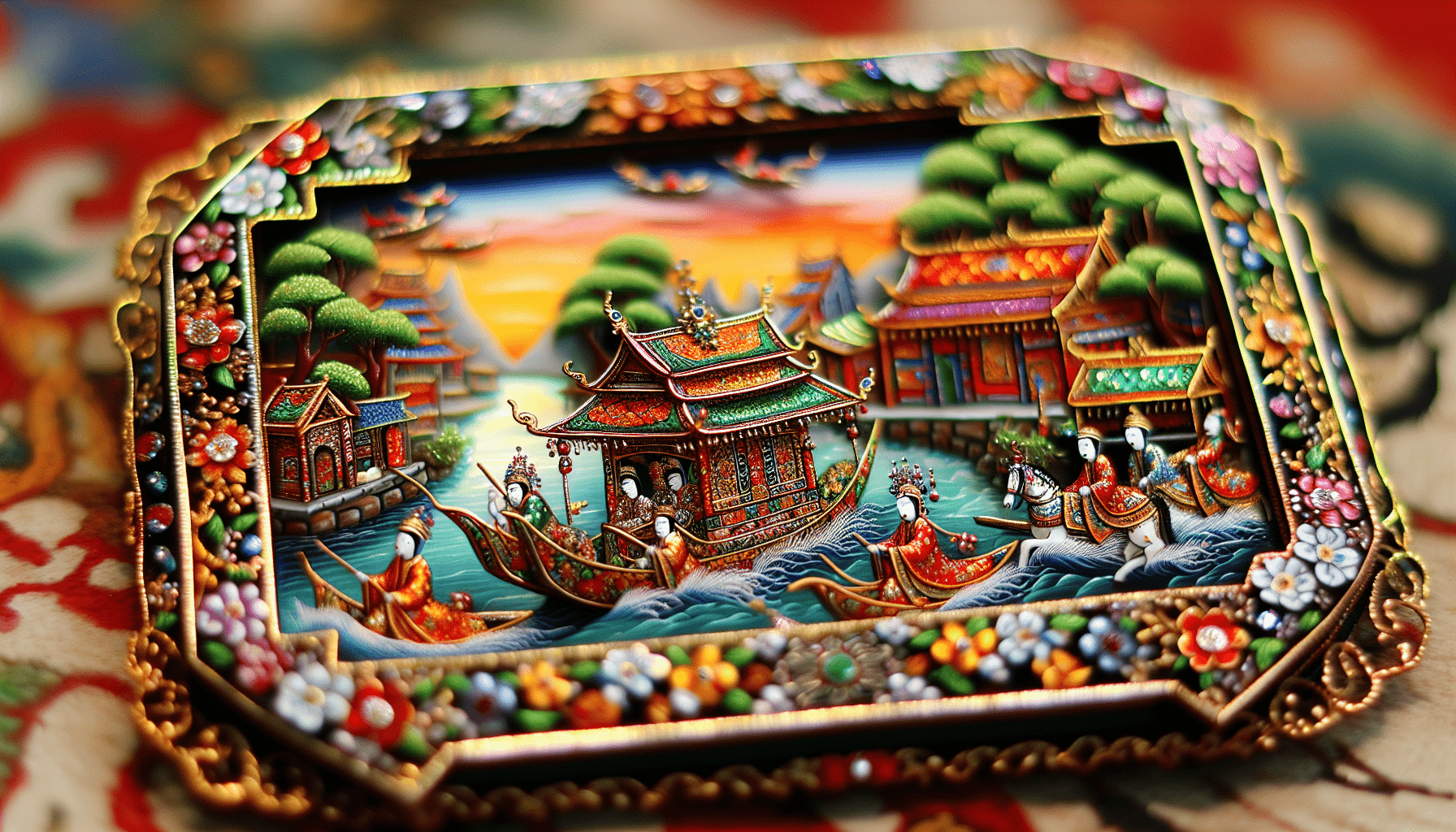Welcome to the fascinating world of miniature painting in different cultures around the world! From the intricate Persian miniatures to the vibrant Indian miniatures, each culture brings its own unique style and technique to this art form. Discover how these tiny works of art have been passed down through generations and continue to captivate audiences with their beauty and precision. Join us on a journey to explore the diverse traditions of miniature painting and appreciate the skill and creativity that goes into creating these masterpieces.
Miniature Painting In Different Cultures Around The World
Have you ever wondered about the significance of miniature painting in different cultures around the world? In this article, we will explore the rich history and cultural importance of miniature painting in various countries and regions. Join us on a journey to discover the unique techniques, styles, and themes that make miniature painting a cherished art form across different cultures.

History of Miniature Painting
Miniature painting has a long and fascinating history that dates back centuries. From the illuminated manuscripts of medieval Europe to the intricate Mughal miniatures of India, miniature painting has been an integral part of many cultures. The art form has evolved over time, adapting to the changing tastes and styles of different periods and societies.
European Miniature Painting
In Europe, miniature painting gained popularity during the medieval period when monks and scribes used it to illustrate religious texts. These illuminated manuscripts featured intricate designs and vibrant colors, reflecting the artistic and cultural influences of the time. During the Renaissance, European artists began producing portrait miniatures, small paintings that were highly detailed and meticulously executed.
Asian Miniature Painting
In Asia, miniature painting has a rich tradition that spans thousands of years. In countries like India, China, and Japan, miniature painting has been used to depict scenes from mythology, history, and daily life. The intricate brushwork and delicate details of Asian miniature paintings have captivated art lovers around the world and are highly prized for their craftsmanship and beauty.
African Miniature Painting
In Africa, miniature painting has its own unique style and aesthetic. Artists in countries like Nigeria, Ghana, and South Africa use miniature painting to tell stories, convey emotions, and preserve cultural heritage. The vibrant colors, bold patterns, and symbolic motifs of African miniature paintings reflect the rich tapestry of traditions and beliefs that define the continent’s diverse cultures.
South American Miniature Painting
In South America, miniature painting has a long and storied history that is deeply rooted in indigenous cultures. Artists in countries like Peru, Bolivia, and Ecuador use miniature painting to explore themes of nature, spirituality, and social issues. The intricate designs, vivid colors, and symbolic imagery of South American miniature paintings reflect the region’s rich cultural heritage and artistic traditions.
Techniques and Materials
Miniature painting requires a high level of skill, precision, and attention to detail. Artists use a variety of techniques and materials to create their miniature masterpieces. In Europe, artists often use watercolors, gouache, and ink to paint on materials like vellum or ivory. In Asia, artists use brushes made from animal hair and paint on materials like silk, paper, or palm leaf.

Styles and Themes
Each culture has its own unique style and themes when it comes to miniature painting. European miniature paintings often feature portraits of royalty, nobility, and prominent figures, while Asian miniature paintings depict scenes from mythology, folklore, and everyday life. African miniature paintings often focus on themes of spirituality, community, and nature, while South American miniature paintings explore indigenous traditions, customs, and beliefs.
Cultural Significance
Miniature painting holds a special place in the hearts of many cultures around the world. It serves as a form of artistic expression, storytelling, and cultural preservation. Through miniature painting, artists are able to capture the essence of their culture, history, and identity, creating works of art that are cherished and celebrated by future generations.
Modern Revival
In recent years, there has been a resurgence of interest in miniature painting as artists and collectors rediscover the beauty and craftsmanship of this ancient art form. Museums, galleries, and art institutions around the world are showcasing miniature paintings from different cultures, highlighting their historical significance and artistic merit. Artists are also experimenting with new techniques and styles to create contemporary miniature artworks that push the boundaries of traditional miniature painting.
Conclusion
In conclusion, miniature painting is a timeless art form that transcends boundaries of time, culture, and geography. From the illuminated manuscripts of Europe to the Mughal miniatures of India, miniature painting has captured the hearts and imaginations of people around the world. By exploring the rich history, techniques, styles, and themes of miniature painting in different cultures, we gain a deeper appreciation for this intricate and captivating art form. So next time you come across a miniature painting, take a moment to admire the skill, creativity, and cultural significance behind this miniature masterpiece.

Leave a Reply